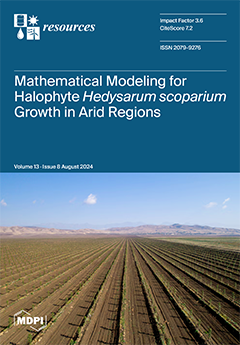Tailings are a significant concern due to their potential release of toxic elements into the environment, posing risks to ecosystems and human health. Therefore, understanding their polluting potential is crucial for effective mitigation strategies. This study evaluates the contaminating potential of eight tailing
[...] Read more.
Tailings are a significant concern due to their potential release of toxic elements into the environment, posing risks to ecosystems and human health. Therefore, understanding their polluting potential is crucial for effective mitigation strategies. This study evaluates the contaminating potential of eight tailing dams in the upper basin of the Puyango River in southern Ecuador. A physicochemical and mineralogical characterization of the tailings was conducted. The contents of As, Cd, Co, Cr, Cu, Mo, Ni, Pb, Sb, Se, V, and Zn were determined using Inductively Coupled Plasma Mass Spectrometry (ICP-MS) and Inductively Coupled Plasma Optical Emission Spectrometry (ICP-OES). The contamination index (IC) and the risk (R
I) to the environment and population were evaluated. As a result, it was found that As, Cu, Pb, Se, and Zn exceeded the maximum permissible limits in all the samples according to Ecuadorian regulations. Six of the eight tailing dams presented very high pollution levels (21.28 < IC < 298.61), indicating a severe contamination risk. As, Sb, and Se were the most significant contributors to the index, with 29%, 31%, and 20% contribution to the overall IC, respectively. However, the risk assessment indicated a low risk (R
I < 5) to both the population and the natural environment, mainly due to the distance between the tailing dams and the potential receptors. While the present risk associated with the studied tailing dams is low, there exists potential for long-term escalation.
Full article





